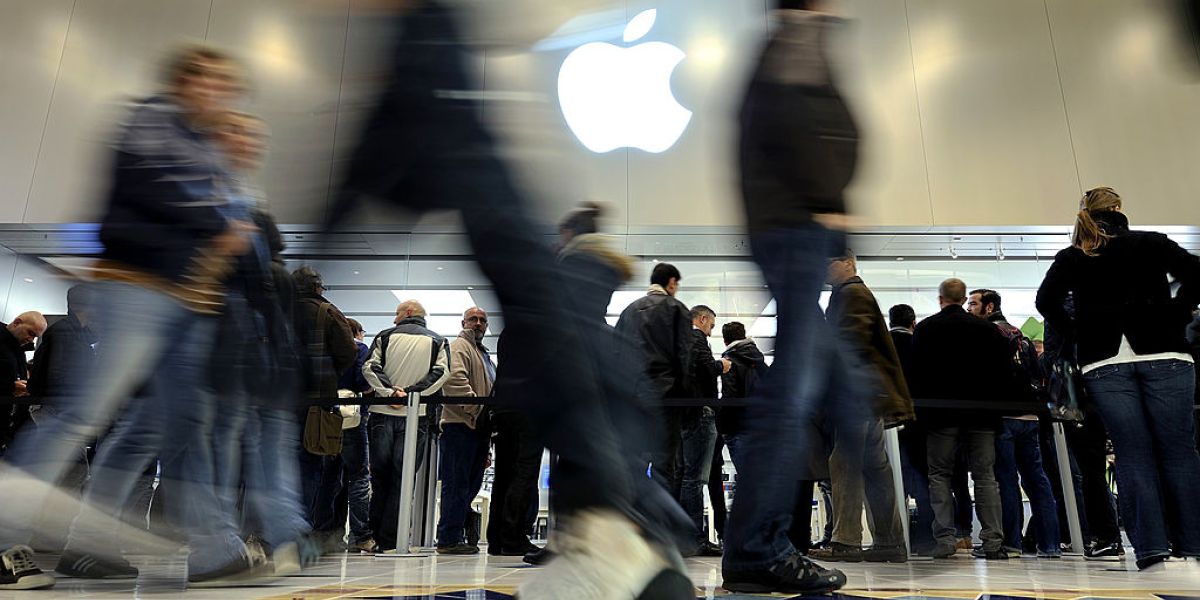When a Wall Street giant like Goldman Sachs undergoes a major reorganization of divisions, it’s no small feat. The execution of any business restructuring requires reliance on financial and operational data that fuel decisions like who keeps their current job and who doesn’t.
In new reporting, Fortune’s Luisa Beltran spoke to several current and former Goldman insiders about how the personnel chart will evolve: “But as any Goldman tea leaf reader knows, strategic shuffles mean major winners and losers inside the company’s ranks,” Beltran writes.
Goldman CEO David Solomon announced in the fall the restructuring will include combining the firm’s wealth management and asset divisions into a single unit and merging its investment banking and trading businesses into another. In addition, Goldman created a new segment called Platform Solutions that will consolidate fintech platforms from across the firm. The changes are set to begin later this month.
Regarding talent, the biggest winner is Marc Nachmann, a power player inside Goldman who will run the $2.4 trillion asset and wealth management unit. Beltran writes: “Nachmann, who was co-head of global markets (which includes trading), is considered a fixer and a cost-cutter. Trading revenue at Goldman hit $20 billion so far this year, up from $15 billion in 2019 when Nachmann took over, a spokeswoman said. He previously co-led investment banking from 2017 to 2019 and before that, from 2014 to 2017, was cohead of financing and head of Latin America.”
Stephanie Cohen is again shifting her role. “During the last Goldman reorg, announced in September 2020 and put into effect the following January, the firm named Cohen, along with Tucker York, to cohead its consumer and wealth management business,” Beltran writes. “With the current shuffle, Cohen will become head of Platform Solutions. Some pegged the move as a lateral one for Cohen, while others pointed out that the executive remains the head of a major unit. It does cement her status as one of Goldman’s most powerful women.” You can read more here to learn about who else now has key positions, and who’s down and out due to the reorganization.
Goldman’s revamping comes as profits shrank in the third quarter. Investment banking generated revenues of $1.6 billion, down 57% year over year, and financial advisory revenues were $972 million, down 41%.
“The further alignment of our businesses will help drive the organization forward,” Goldman CFO Denis Coleman said during the Q3 earnings call.
During Goldman’s U.S. Financial Services Conference on Dec. 6, Solomon said the economy is slowing and expressed his concerns over a potential recession and the battle for talent. The largest cost for Goldman is “our people,” Solomon said. “The job market remains surprisingly tight and the competition for our talent, particularly top talent, is as strong as ever.”
The firm has slowed hiring, Coleman said in the Q&A portion of the earnings call. However, that “does not mean that we’re not still making hires in the market,” he said. “We have a lot of attractive opportunities to grow the firm.”
Goldman is betting this revamp will help position itself for that growth.
See you tomorrow.
Sheryl Estrada
[email protected]
Big deal
Mercer’s 2022 National Survey of Employer-Sponsored Health Plans found the average per-employee cost of employer-sponsored health insurance rose by 3.2% this year. It is far below general inflation, which is averaging about 8% for 2022. Health benefit cost growth usually runs higher than general inflation. However, 2022 is an anomaly because employer health plan sponsors haven’t felt the full impact of inflation yet, according to Mercer. For 2023, employers project an average increase of 5.4%. But Sunit Patel, Chief Health Actuary at Mercer, cautions that employers should prepare for continued accelerated cost growth in 2024 and beyond. Despite expectations of higher healthcare costs, most leaders are avoiding “healthcare cost shifting” or giving plan members more responsibility for the cost of health services through higher deductibles or copays.
Going deeper
A report in Wharton’s business journal, “How Strong Is Your Data Balance Sheet?” presents a framework to unlock the full potential of a company’s data assets. This framework can include customer data, operational data, employee data, transaction data, and market data, writes Wharton’s Scott Snyder.
Leaderboard
Karen B. Davis was named interim CFO at PBF Energy Inc. (NYSE: PBF) effective Jan. 1. Davis was previously EVP and CFO at Western Refining, Inc., and its affiliated entities, Western Refining Logistics LP and Northern Tier Energy. During her career, she has served in various CFO and financial reporting officer positions at public and private companies in the U.S. In connection with assuming the role of CFO, Davis will step down from the board of directors of PBF Energy Inc.
Sandeep Gill was named the first CFO at AI Digital, a full-service consultancy that provides digital media solutions. Gill brings over a decade of experience in scaling high-growth firms. Before joining AI Digital, Gill held CFO and consultant roles at firms spanning the advertising, business services, and fintech verticals. He was CFO at PandoLogic, an AI-enabled programmatic job advertising solution until its acquisition by Veritone (Nasdaq: VERI).
Overheard
“The Bitcoin blockchain didn’t skip a beat during the crisis caused by opaque centralized players. No wonder Sam Bankman Fried didn’t like Bitcoin: it’s transparent and decentralized. He couldn’t control it.”
—Ark Invest CEO Cathie Wood, who maintains her bullish stance on Bitcoin, took to Twitter on Saturday to criticize Sam Bankman-Fried, the founder and ex-CEO of cryptocurrency exchange FTX, Fortune reported.
This is the web version of CFO Daily, a newsletter on the trends and individuals shaping corporate finance. Sign up to get it delivered free to your inbox.



